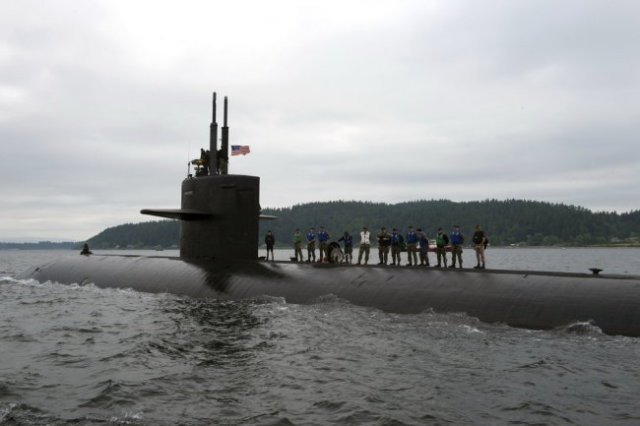The AN/BQQ-10 intracorporeal nose sonar complex (GAC) of the American nuclear submarine Connecticut of the Seawolf type, which collided with a previously unknown seamount in the South China Sea, failed. Writes about this The Drive with a link to the incident report .
The publication writes that the rear hook of the submarine was serviceable, however, according to the sailors, its work deteriorated at speeds above 16 knots. As noted in the report, there were a number of discrepancies between the seabed sounding data collected by the submarine and the initially available information from navigation charts. To clarify the information, the crew of the submarine considered the possibility of using sensors in active mode, which could lead to the detection of the submarine.
According to the report, the incorrect operation of the AN/BQQ-10 could not affect the collision of the submarine with the seamount. The cause of the incident could be, in particular, insufficient training of the crew and lack of coherence in the work of the team.
In October 2021, the analytical organization South China Sea Strategic Situation Probing Initiative (SCSPI) noted that the Connecticut submarine collided with an unknown object in the area of the South China Sea, bounded by Hainan Island, the Paracel Islands and the Bashi Channel.
At the same time, The Drive publication, referring to the veteran submariner of the US Navy, Aaron Amik, wrote that the topography of the bottom of the South China Sea, in the depths of which the Connecticut submarine collided with an unknown object, is subject to frequent changes due to tectonic activity.

